“Buffalo Soldier Wheelmen” – The 25th Infantry Regiment of Fort Missoula
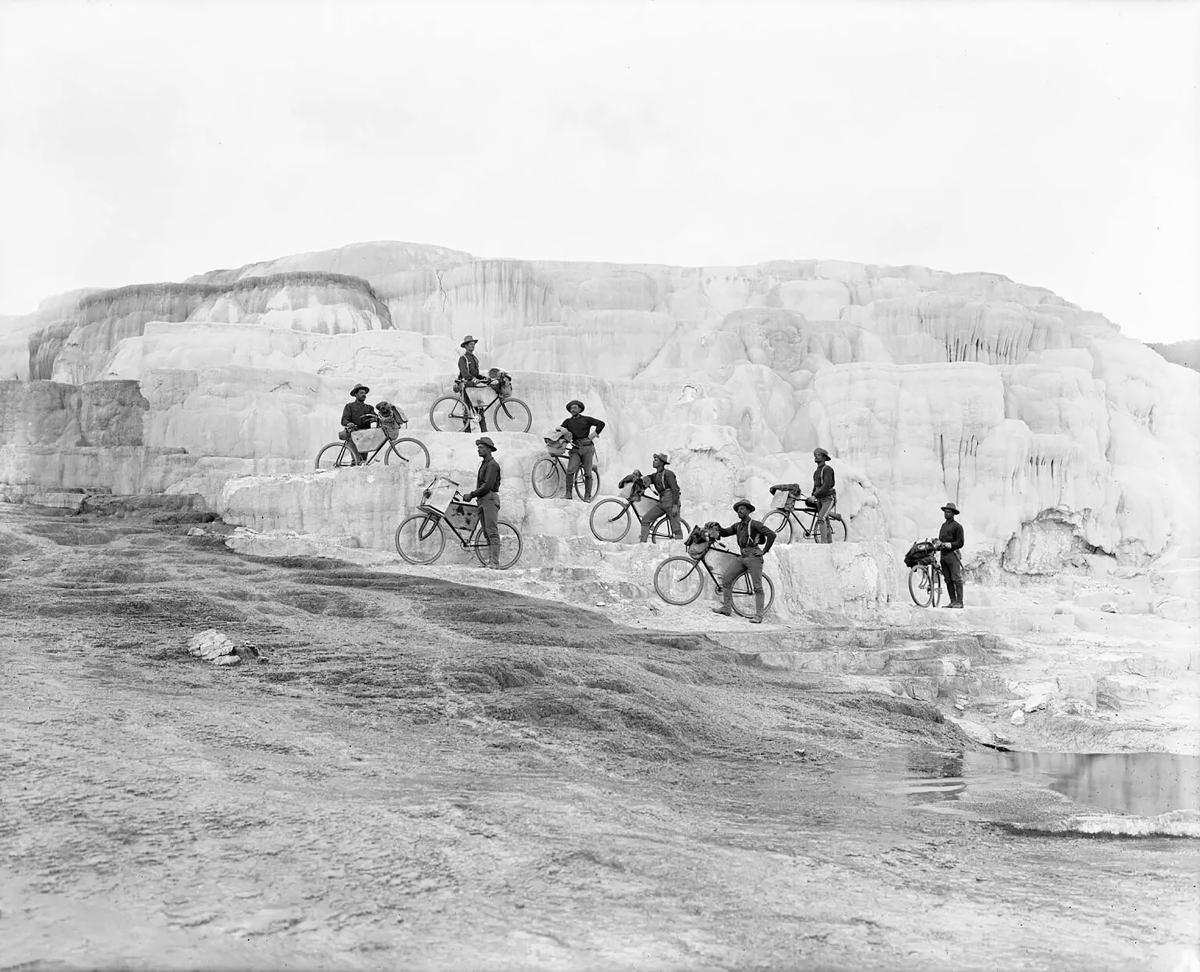
One of the more curious episodes in Fort Missoula’s 70-year history involved the 25th Infantry Regiment, who were transferred there in 1888. The 25th was one of two all-black infantry regiments at the time. Given the name “Buffalo Soldiers” by the Native Americans who fought against them in the late nineteenth century, they readily distinguished themselves both through their courage on the battlefield and their exemplary behavior in the community. For the most part, Missoulians welcomed the black regiment, even regularly riding out to the fort for their lively, entertaining summer Sunday open-air concerts on the parade grounds.
Enter Second Lieutenant James Alfred Moss. Fresh out of the 1894 West Point graduating class, he was assigned to the 25th Infantry Regiment in Missoula. He arrived at the fort in September, 1894. As the saying goes, it is best not to judge a book by its cover. Despite only just squeaking through West Point, and given what must have seemed like a very lowly assignment, Moss was destined to make an impact.
By the 1890s the bicycle was really gaining in popularity. It was often referred to as “The Wheel,” and those who rode them as “Wheelmen.” Moss was an avid wheelman and he must have been buoyed in his new assignment to find half the fort had bicycles and many of the townspeople, too. Moss felt they could be superior to horses in many instances—not needing feed and water, and being able to travel more stealthily. He advocated for an opportunity to conduct demonstrations to show their military feasibility. He found a sympathetic ear in Major General Miles, of the Nez Perce War fame, who approved a limited test in April 1896.
The demonstration consisted of three organized rides—two in 1896 and a much longer one in 1897. Moss chose bicycles supplied for free by the Spalding Bicycle Company. After some initial training, they first ventured 126 miles north to Lake McDonald on August 6th. Right off the bat, they encountered problems—steep grades, terrible roads, heavy rains, choking mud, multiple stream crossings, and many flat tires. Despite these obstacles, they made the trip in four days.
The second, longer trip was a roundtrip to Yellowstone National Park. Supposedly they now had “puncture-proof” tires. In addition to the necessary provisions, each rider carried either a 10-pound rifle or a revolver and each had a 30-round cartridge belt and half of a tent. Supplies also included extra repair kits and parts, pushing the weight of each bicycle to an average of 80 pounds. By August 15th they were on their way again.
Their route followed the railroad over to Fort Harrison by Helena, then down to Bozeman and over Fort Yellowstone (Mammoth Hot Springs). It was a brutal ride, once again with heavy rains that turned the dirt roads into a sea of mud several inches deep, and always a stiff wind in their faces. After slogging their way up the pass near present-day McDonald Pass, they had to walk their bikes down the other side as they were now too heavy to brake. Always the wheels were getting clogged with mud that had to be carved out with their knives, which slowed their progress considerably. Finally, on the 25th, they made Fort Yellowstone. Again, the Corps had to deal with flats to their puncture-proof tires and delamination of their composite wooden rims in the rain and the mud.
After a day and a half rest, Moss and his men took a five days leisurely tour through Yellowstone. In his official report, Moss wrote that he took a picture of a bear on a bicycle and that “several tourists came to the camp to take pictures of the bicycle corps.” He summed up the reaction of the corps: “Soldiers delighted with the trip—treated royally everywhere—thought the sights grand.” They started back on September 1st, arriving back at Fort Missoula on the 8th. They averaged better than six miles per hour over their 800-mile roundtrip.
The following winter, Moss traveled back east to work with Spalding on design improvements to the bicycles based on lessons learned from his Lake McDonald and Yellowstone trips. Specifically, steel rims, more spokes, heavier gauge frame, and a gear bag fitted into the diamond in the bicycle frame. Twenty-two of the newly designed bicycles arrived in Missoula on June 4th, 1897. Each weighed 32 pounds.
Moss enlisted 20 volunteers for the ride, which included five soldiers from the previous year’s Yellowstone trip. One of those was Sergeant Mingo Sanders. At 39, he was the oldest and most experienced. It would be his job to translate Moss’s vision into action, maintain troop morale, and be their de facto spiritual guide and confidant. Also from before was Private John Findley. Findley was a first-class mechanic, as he had extensive experience with bicycles prior to enlisting. If a bicycle failed on the trail, it would be Findley’s job to see to the necessary repairs. Rounding out the men was Lieutenant James Kennedy, the fort’s surgeon. Additionally, Moss convinced Edward Boos, a reporter for the Daily Missoulian, to accompany them. Boos was an avid wheelman and the son of the owner of the newspaper. Moss keenly appreciated the value of the publicity they would get from Boos’s regular reporting from the field. (
Moss planned a route that would again follow the Northern Pacific Railroad to Billings, repeating some of the route they traveled to Yellowstone. They would then veer southward to follow the Burlington Railroad through Wyoming, South Dakota, and Nebraska into Missouri and to their destination of St. Louis. Moss claimed that this route would permit a thorough test of the durability and practicality of the bicycle as a means of transportation for troops, as well as hopefully keep them out of the worst of the mud they might encounter. [map] He would cache supplies every 100 miles along the route, ensuring that they either averaged 50 miles per day or went hungry—which, as it turned out, they ended up doing several times.
With everything set, the Bicycle Corps pedaled out of Fort Missoula for St. Louis at 5:30 a.m. on Monday, June 14, 1897. That day the Daily Missoulian ran the headline: “Off for St. Louis: Twenty-fifth Infantry Bi-Cycle Corps Takes Up Its Long March.” The article called it “one of the most important journeys ever taken out of Missoula.” When the Bicycle Corps reached Missoula they rode through town in an impressive, double-file formation as people lined the streets to cheer them on their way. Little did they know the magnitude of the struggles that awaited them. What they were about to endure to accomplish their mission would be the stuff that legends are made of.
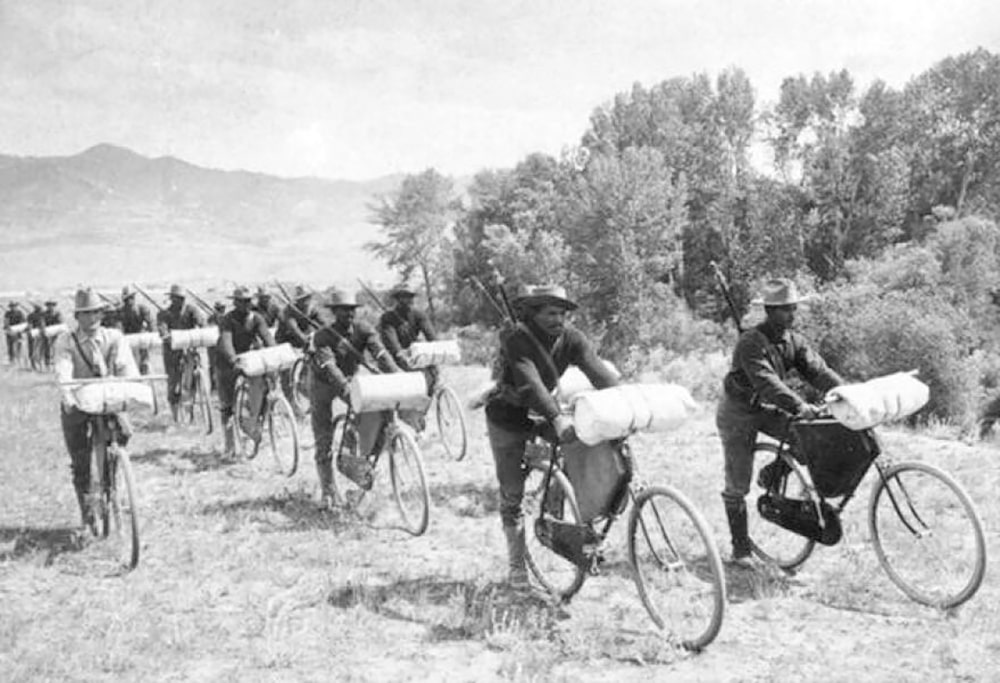
Barely two hours out of Missoula, Mother Nature started serving them up a near-constant diet of wind and rain, again turning roads into avenues of mud. In fact, it would rain 13 out of the first 15 days. At the top of the pass, they were met with driving sleet and two inches of snow. On the east side of the Divide they had to deal with swarms of voracious mosquitoes along with the everpresent mud.
Along the way, the mud forced them to choose the railroad bed for several miles. However, new crossties had just been placed, and the spaces between them had not yet been filled in. At each end of the crossties, earth, rocks, and old ties were piled up, forcing them inside the tracks. The constant jar of riding over this torn-up track was brutal. Boos reported that the men were nearly jolted to pieces from this section.
South of Billings the soil turned into a clay-gumbo which forced frequent dismounts where the men had to either push or carry their bikes up and down the muddy, sticky mountainsides. They were forced to stop again and again to cut the caked mud from their wheels. Their slow progress meant food had to be rationed in order to make it to the next cache, now adding hunger to the list of misfortunes. Boos wrote, “We were wet, cold and hungry, and a more jaded set of men never existed.” They reached the site of the Battle of the Little Big Horn on the evening of the 25th—the 21st anniversary of that battle. They rested up an extra day below the battlefield. As bad as this section was, it was only going to get worse.
Heading southeast across Wyoming and South Dakota, they faced a new challenge. After days of rain through Montana, water was now scarce here. The water that was found was tainted with poisonous alkali. They had to rely on railroad water tanks. The wind whipped up a toxic mix of dust and alkali fumes. Boos wrote of that time: “They were tired and covered with mud… Wild Horse Creek near Arvada, was a mass of mud. Hail stones which fell Sunday were drifted seven and eight feet high. The weather was hot and no good water could be obtained. The corps is making a forced ride to get out of the Bad Lands.”

Despite the continual hardships of weather, the lack of potable water and any semblance of decent roads, the corps made it through the southwest corner of South Dakota and reached Crawford in eastern Nebraska on the afternoon of July 3rd. When they arrived, the town was having an early 4th of July parade and they just rode along in their customary double-file formation. The local paper reported: “Thousands of spectators who lined the sidewalks on either side of the street rent the air with the wildest cheers to speed them on their journey.” The corps pressed on east over the Nebraska plains in extreme heat and the water problems intensified. Two days later they reached the famous sand hills.
For nearly 200 miles, the sand in the road was eight to 10 inches deep. According to Moss, “This part of the trip was a real nightmare. It was impossible to make any headway by following the wagon road in loose sand ankle-deep, and the corps thereafter followed the railroad track for 170 miles, before they got out of the sand… The alkali water was abominable and the heat terrific.” On July 7 the temperature hit 110. The handlebars burned through their gloves and over half of the corps were sick, two soldiers having their feet badly blistered from the burning sand. Finally, on July 16, the bicycle corps reached Rubo, and took a ferry across the Missouri River and into Missouri.
Up until this time, the Corps of Buffalo Soldier Wheelmen were greeted cordially by townspeople and country folk alike. They were offered food, water, and even drinks along their way. Their experiences in Missouri stood in stark contrast. Missouri had sided with the Confederacy during the Civil War. Despite 40-plus years since the war, many still harbored hostile attitudes toward black soldiers and a Union militia passing through their territory, especially in the countryside. Furthering the darkness of this stretch, Moss described the Missouri roads as the worst of the trip. They rode in furnace-like heat and still lacked regular supplies of good water. Everyone was fatigued to the point of exhaustion while pedaling the last few days.
Finally, on Saturday, July 24th, the corps entered St. Louis. Nearly 1,000 St. Louis wheelmen rode out to meet and escort them into the city where they received a grand welcome from a crowd of 10,000. Notably, no army officers from the local garrison were present. They made their way through the crowds to the Cottage Hotel in Forest Park where the corps camped and finally rested. Moss issued the final order to his men: “Our trip has ended. Thank you for your fortitude. You will now rest your wheels and fall in for mess.” They had traveled 1,900 miles in 35 days plus six days of rest, averaging six miles per hour. The hardships they endured are unimaginable by today’s standards.
The 25th left Fort Missoula the following April to be one of the first regiments deployed to Cuba where it distinguished itself in battle during the Spanish-American War, even backing up Roosevelt’s famous charge up San Juan Hill. They would continue to honorably serve their country until the regiment was deactivated in 1947. This was followed in 1948 by President Truman’s executive order which abolished segregation and discrimination “on the basis of race, color, religion or national origin” in the United States Armed Forces. Missoulians postponed Easter services to gather one final time to escort the 25th through town [photo]. Boos would write: “The fortunes of the men will be followed with intense interest by the people of Missoula who are satisfied that though it is a dark regiment, not a white feather of surrender will be shown.”
Among other accomplishments, Moss would become a strong advocate for the establishment of June 14th as Flag Day, marking the adoption of Old Glory on June 14th, 1777. Coincidentally, June 14th was also the day the corps set out from Missoula for St. Louis. So June 14th is a fitting day to not only honor our flag,but to also remember that amazing ride of Lt. Moss and the 25th Infantry Regiment, the “Buffalo Soldier Wheelmen.”
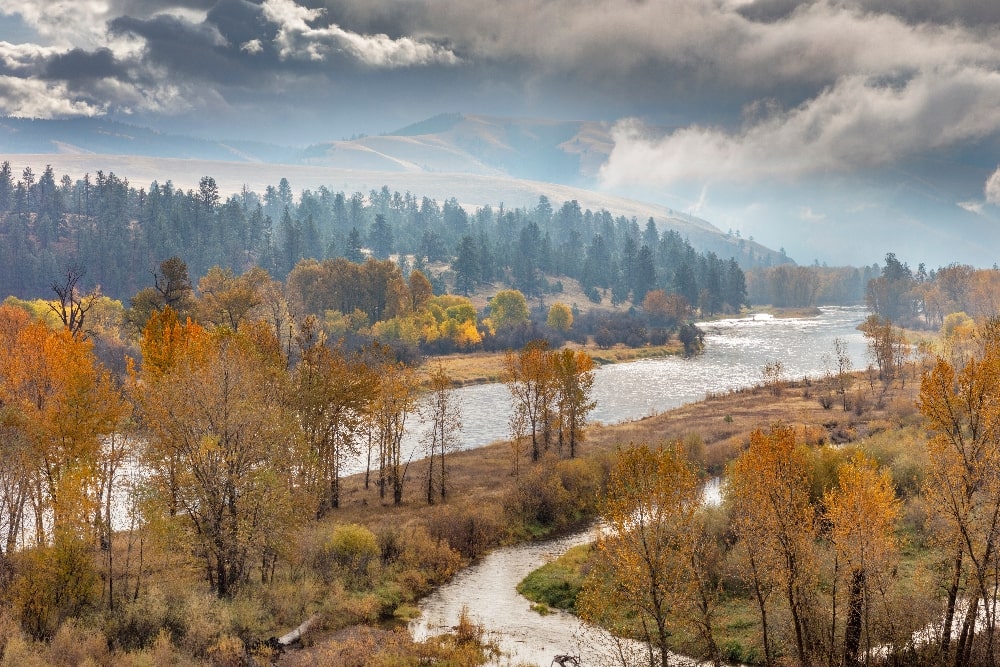
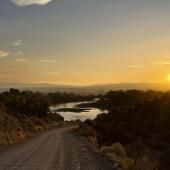






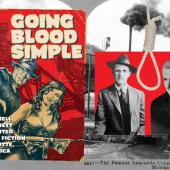
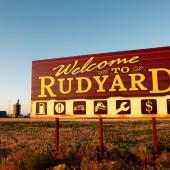

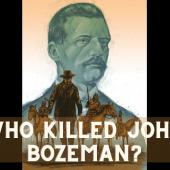
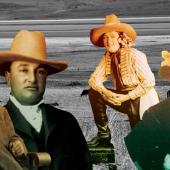
Leave a Comment Here